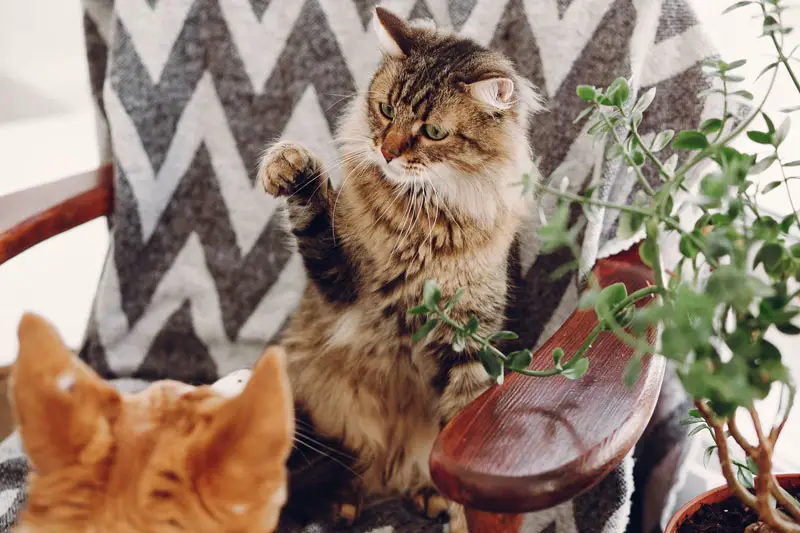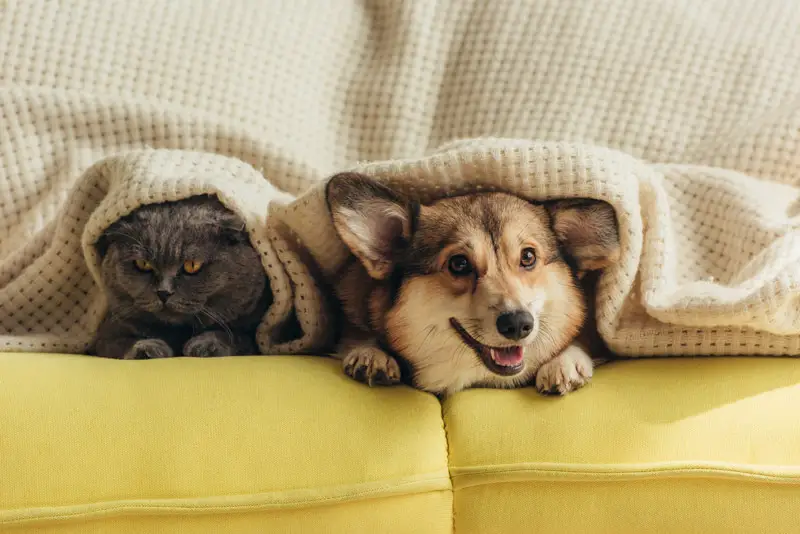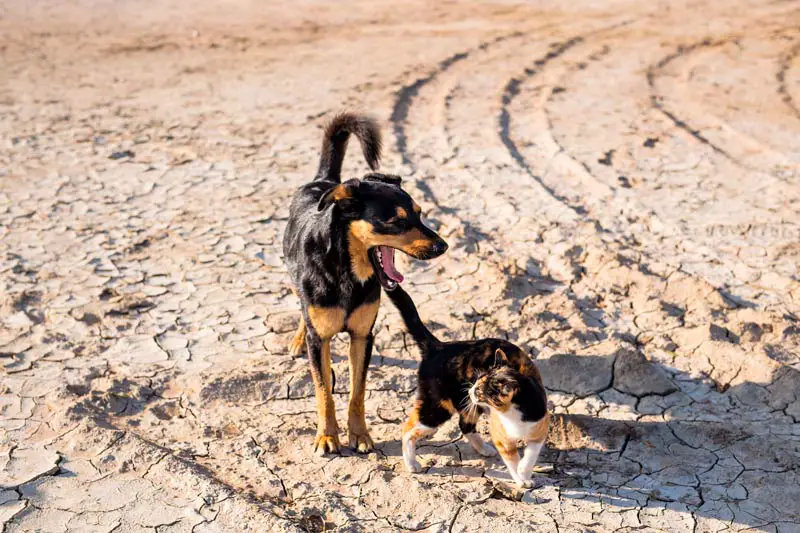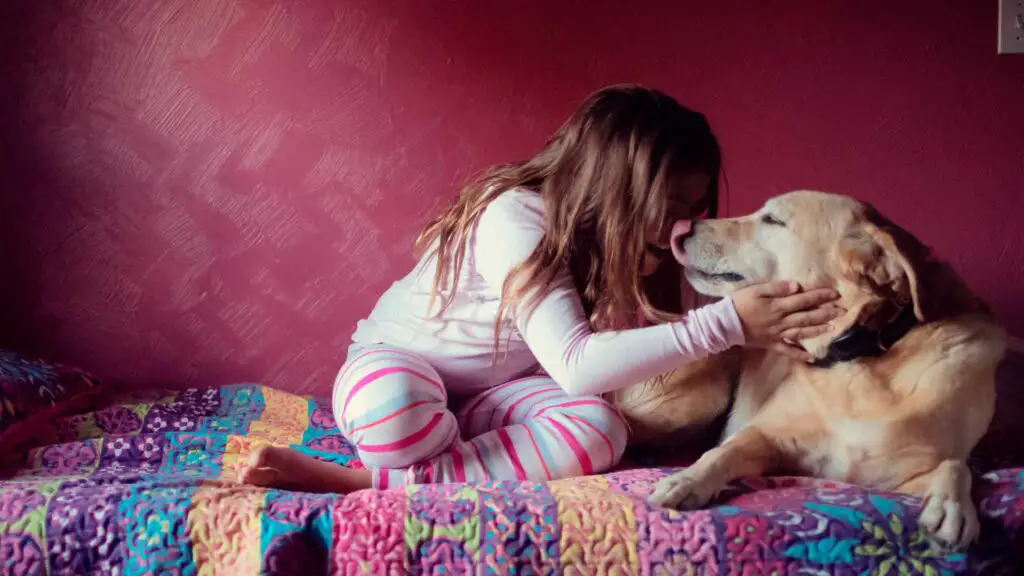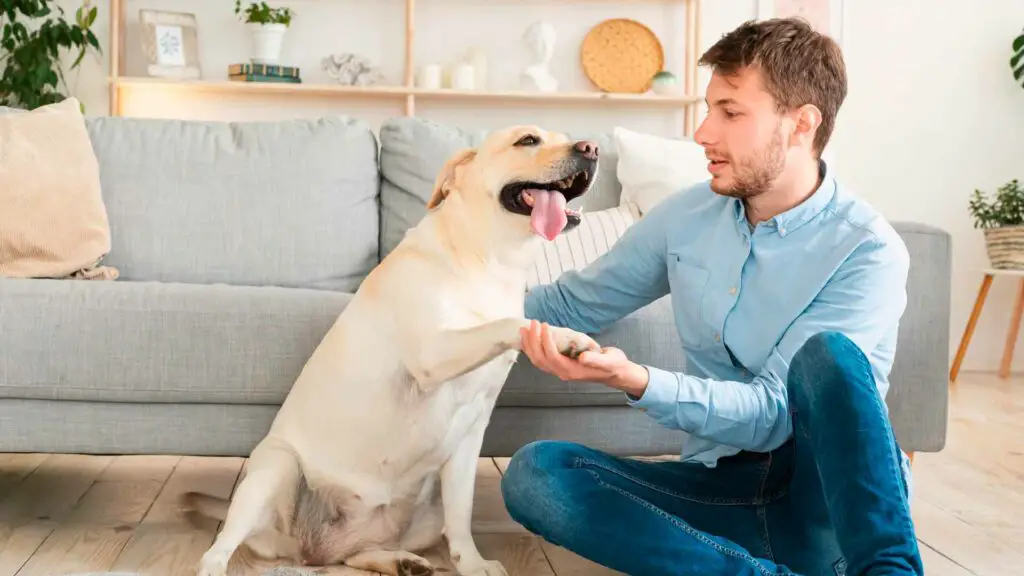Cats And Dogs - The History
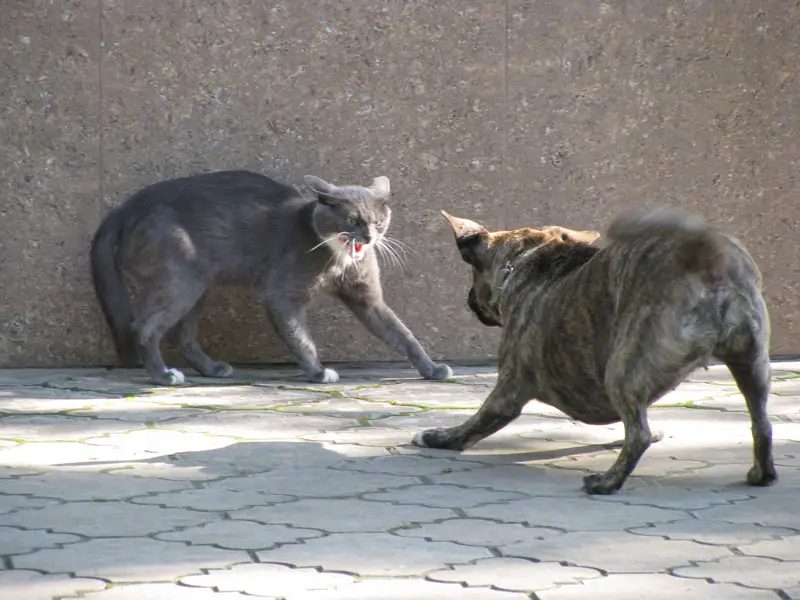
Dogs (Canis familiaris) are direct descendants of gray wolves (Canis Lupus). The process of evolution is a complex one. You can check it out here. Hence, even though there is a physical difference between them, the attitude and behavior are still quite similar.
For example – wolves are pack animals with leaders (the alpha) who have authority, so all other wolves try to please the alpha. Your dog, similarly, wants to stay on your right side!
The similarities are more evident in semi-wild dogs who spend less time with people. As a matter of fact, a street dog that’s been on its own for many years without relating to others will have wolfish gestures and bearing.
Cats (Felis Catus) is a descendant of the Felidae family. Felidae are considered highly developed carnivorous hunters of all mammalian species. Almost all wild cats developed as solitary animals with the ability to hunt and fend for themselves.
Around 10,000 years ago, the development of grain stores led to a massive rise in the number of house mice. It attracted wild cats in the close proximity of humans. What ensued was their taming. Cats are territorial, developing their own area in which they hunt and marking their territory mainly via scent.
Why The Hostility?
Cats and dogs are considered natural enemies. But why so? Dogs in the wild view cats as prey, and cats see dogs as a threat.
This is precisely how their brains are wired. When dogs and cats live in the same house or territory, they majorly compete for food, authority over the residence, and human attention.
Dogs find delight in chasing cats not out of hatred but because a fast-moving feline triggers a strong instinct that takes training and socialization to rescind.




